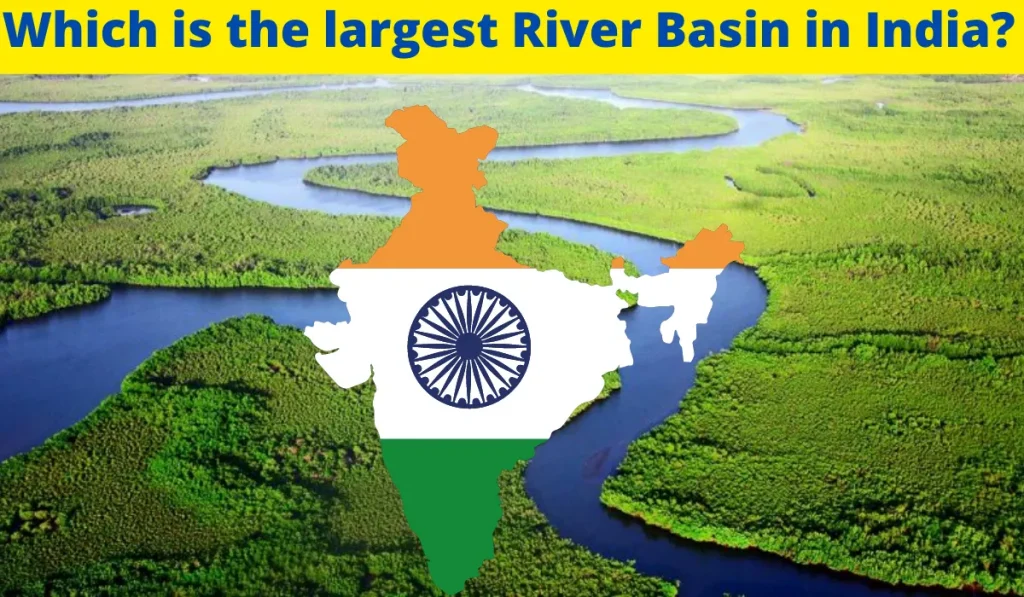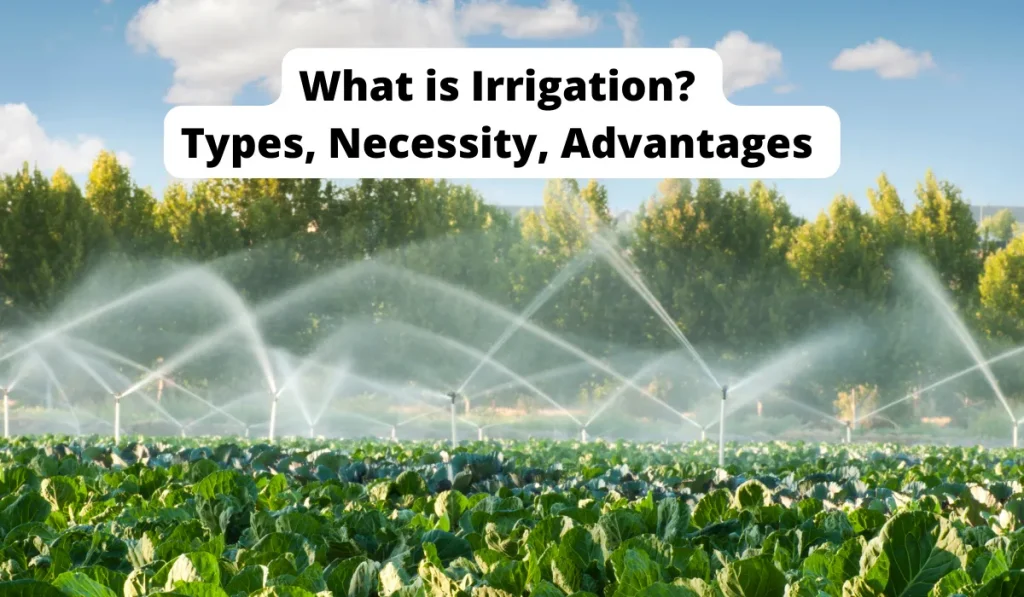
The word drainage reports the river system of an area. Small streams flowing from different areas come together to form the main river, which ultimately drains into a huge water body such as a sea or a lake or an ocean. CBSE Notes Class 9 Geography Chapter 3 on ‘Drainage’ will help you to know the drainage system in India. At the end of the chapter you will also understand about lakes, their importance & function of rivers in the economy.
The region drained by a single river system is known as drainage basin. Any raised area such as a mountain or an upland which spilt two drainage basins is called water divide.
‘Drainage Systems’ in India
The Indian rivers are divided into two category:
- The Peninsular rivers
- The Himalayan rivers
| The Himalayan rivers | The Peninsular rivers |
| Two important Himalayan rivers, the Indus and the Brahmaputra originate from the north of the mountain ranges. | Commonly most of the rivers of peninsular India originate in the Western Ghats and flow in the direction of Bay of Bengal. |
| These rivers collect water from rain as well as from melted snow from high mountains. | The flow of these rivers is dependent upon rainfall. |
| Most of the Himalayan rivers are perennial which signifies they have water throughout the year. | Peninsular rivers are mostly seasonal. |
| The Himalayan rivers have long pathway from their source to the sea. | These rivers have shorter and shallower pathway as compared to Himalayan rivers. |
The ‘Himalayan Rivers’
The important Himalayan rivers are the Ganga, Indus and Brahmaputra. A river along with its tributaries may be known as river system.
1) The ‘Indus River System’
- Indus is one of the lengthiest rivers in the world with a total length of 2900 km.
- The river Indus originates in Tibet near Lake Mansarowar.
- It enters India in the Ladakh district of Jammu and Kashmir where it makes a picturesque gorge.
- The Beas, the Satluj, the Ravi, the Jhelum and the Chenab join each other to enter the Indus near Mithankot in Pakistan.
2) The ‘Ganga River System’
- The source of the Ganga is known as ‘Bhagirathi river’ is fed by the Gangotri Glacier and joined by the ‘Alaknanda river’ at Devaprayag in Uttarakhand.
- The Ganga appear from the mountains to the plains at Haridwar.
- The Ganga is united by many tributaries from the Himalayas, a few of them being important rivers such as Ghaghara, Yamuna, Gandak and Kosi.
- The length of the Ganga is approximately 2500 km.

‘Farakka’ in West Bengal is the northernmost point of the Ganga delta where the Ganga river divides into two major parts.
- The Bhagirathi-Hooghly flows southwards via the deltaic plains to the Bay of Bengal.
- The mainstream flows southwards into Bangladesh and is united by the Brahmaputra. Further downstream, it is called as the Meghna. The Meghna River flows into the Bay of Bengal and make ‘Sundarban Delta’.
3) The ‘Brahmaputra River System‘
- The Brahmaputra originates in Tibet east of Mansarowar lake.
- It is slightly lengthiest than the Indus.
- While coming to the Namcha Barwa (7757 m) it takes a complete ‘U’ turn and enters India in Arunachal Pradesh where it is known as the Dihang.
- Dihang is united by Dibang, Lohit and many more tributaries to form the Brahmaputra in Assam.
The ‘Peninsular Rivers’
The major water divide in Peninsular India is trained by the Western Ghats. Most of the important rivers of the Peninsula such as Godavari, Mahanadi, Kaveri and Krishna. They flow eastwards and merge into the Bay of Bengal. These rivers form deltas at their mouths. The Narmada and the Tapi are the only lengthiest rivers, which flow from west and make estuaries.
1) The ‘Narmada Basin’
- The Narmada originates from Amarkantak hills in Madhya Pradesh.
- The Narmada go along through a deep gorge at the ‘Marble rocks’ near Jabalpur.
- At Dhuadhar falls the river spring over steep rocks.
- The Narmada basin cover-up most of the parts of Madhya Pradesh and Gujarat.
2) The ‘Tapi Basin’
- The Tapi originates from Satpura ranges in the Betul district of Madhya Pradesh.
- Its basin cover-up most of the parts of Madhya Pradesh, Gujarat and Maharashtra.
3) The ‘Godavari Basin’
- The Godavari is the lengthiest Peninsular river. Its length is approx., 1500 km.
- It originates from the slopes of the Western Ghats in the Nasik district of Maharashtra.
- The basin cover-up most of the parts of Maharashtra, Odisha, Madhya Pradesh and Andhra Pradesh.
- The Godavari is united by a number of tributaries such as Manjra, Purna, Wardha, Pranhita, Wainganga and Penganga.
- Owing to its length and the area it coverups it is also called as Dakshin Ganga.
4) The ‘Mahanadi Basin’
- The Mahanadi originates form the highlands of Chhattisgarh.
- The length of the river is approximately 860 km.
- Its drainage basin is mutually shared by Chhattisgarh, Maharashtra, Jharkhand and Odisha.
5) The ‘Krishna Basin‘
- It originates from a spring near Mahabaleshwar.
- The length of the river is approximately 1400 km.
- Its drainage basin is covered by Maharashtra, Karnataka and Andhra Pradesh.
6) The ‘Kaveri Basin’
- The Kaveri originates from Brahmagri range of the Western Ghats.
- The total length of the river is approximately 760 km.
- Its basin covers parts of Kerala, Karnataka and Tamil Nadu.
Besides these important rivers, there are few smaller rivers flowing towards the east. Few of them are:
- The Damoder
- The Subarnrekha
- The Baitarni
- The Brahmani
Lakes
India has various lakes. These lakes are different from each other in size and other characteristics.
- Most lakes are permanent can be called as perennial lakes.
- Few contain water only during the rainy season’
- Few lakes are the result of the action of glaciers and ice sheets.
- Few have been created by wind, river action and human activities.
These lakes are a major part of attraction for tourists in places like Nainital, Srinagar.
Importance of ‘Lakes’
Lakes are useful to human beings in lot’s of ways:
- Lakes help to balance the flow of a river.
- During heavy rains, these lakes prevent us from floods.
- During the dry season these lakes help to control an even flow of water.
- Lakes can also be utilized for developing hydel power.
Function of Rivers in the Economy
- Rivers have been of fundamental significance throughout human history.
- Water from rivers is a basic natural resource and very essential for various human activities.
- Rivers are commonly used for navigation, irrigation, hydropower generation etc.


![Zoology Important Questions [Class 11th-English medium] Zoology Important Questions class 10 english medium](https://edukar.in/wp-content/uploads/2022/09/Zoology-Important-Questions-class-10-english-medium-1024x597.webp)





![Biology Class 10 Very important [Questions &Answers] Biology Important Questions with Answers class 10](https://edukar.in/wp-content/uploads/2022/09/Biology-Important-Questions-with-Answers-class-10-1024x597.webp)
![Digital Documentation Class 9 [Questions Answers & MCQ] Digital Documentation Class 9](https://edukar.in/wp-content/uploads/2022/08/Digital-Documentation-Class-9-1024x597.webp)


![Carbon And Its Compounds Important Questions [Class 10] Carbon And Its Compounds Important Questions Class 10](https://edukar.in/wp-content/uploads/2022/09/Carbon-And-Its-Compounds-Important-Questions-Class-10-1024x597.webp)
![Natural Vegetation and Wildlife Class 9 Questions Answers [Class 9 Geography Chapter 5] Natural Vegetation and Wildlife Questions Answers](https://edukar.in/wp-content/uploads/2023/01/Natural-Vegetation-and-Wildlife-Questions-Answers--1024x640.webp)


